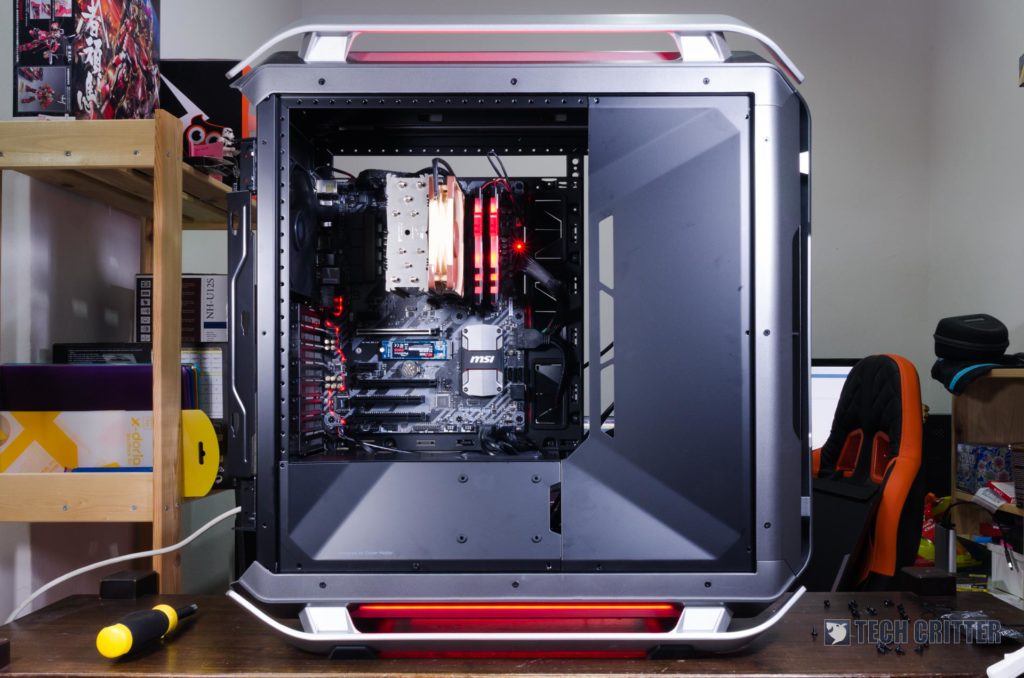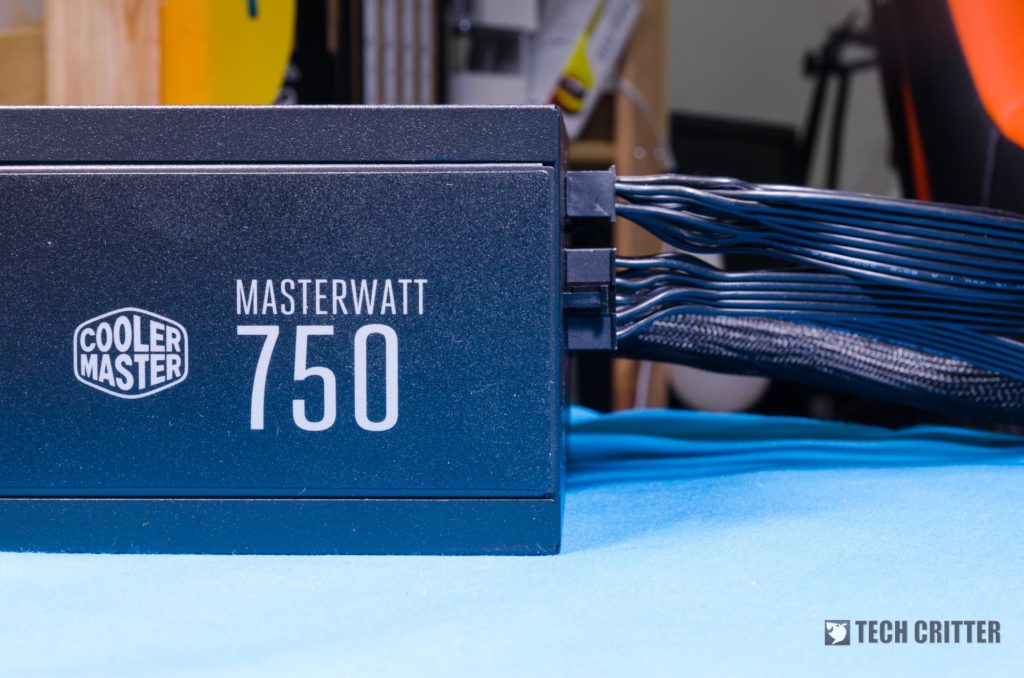We’re sure that those who have built their own PCs have experienced one predicament – cable management. Fret not, we here from Tech Critter have built quite a few systems and have gone through many power supplies and cases that just don’t match up with each other. However, with the uprising of hardware trends in the PC market, semi-modular PSUs might be a standard requirement in everyone’s next build.
There are a few reasons why, and we’ll go through one by one.
Less cable clutter
When it comes to system building, there’s always just one thing that goes into the system builder’s minds – cleanliness. We all want a tidy build either for easy cleanup or just for aesthetic purposes. Fully modular power supplies like the SilverStone SX-500LG that we reviewed here does have the privilege to buy aftermarket custom sleeved cables so that you can swap or extend your cables to something more pleasing to the eyes.
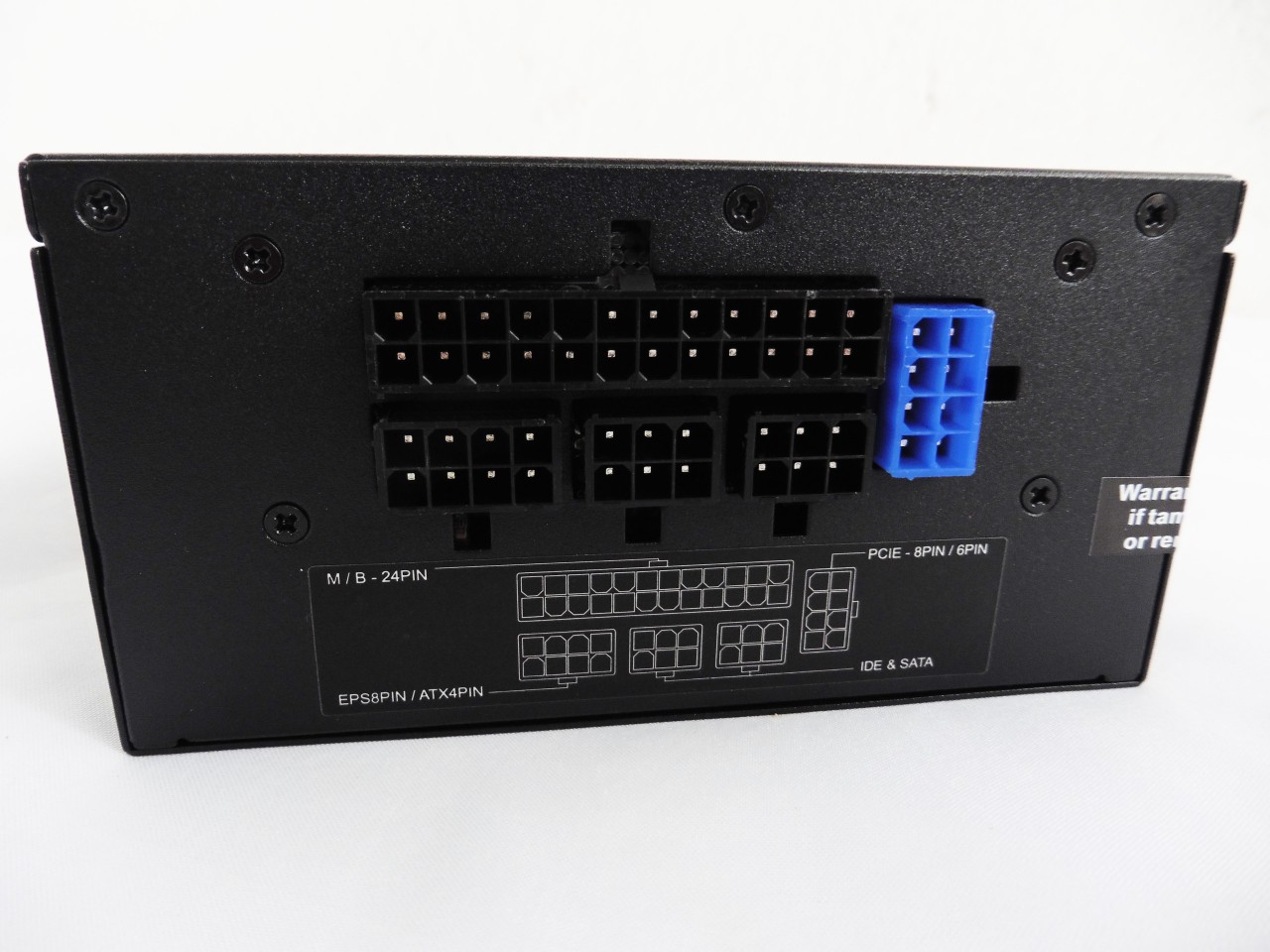
Cablemod is famous for offering such cables – but that’ll mean you’ll have to spend more money on top of the premium for a fully-modular power supply.
However, with the uprising of M.2 and PCIe SSDs, we find the need for other cables unnecessary. Hear us out here.
The build above is simple. The motherboard only needs two connectors – the 24-pin cable, and also a single 8-pin EPS cable. Modern semi-modular power supplies mandated these two cables – they can’t be detached from the power supply itself, which is perfect for a majority of the use case.
M.2 and PCIe SSDs do not need any sort of external power – just hook it up to the motherboard and you’re done! Of course, you’ll still need a PCIe power connector. They’re mostly available in double 6+2 pins per cable these days, so one of it is enough.
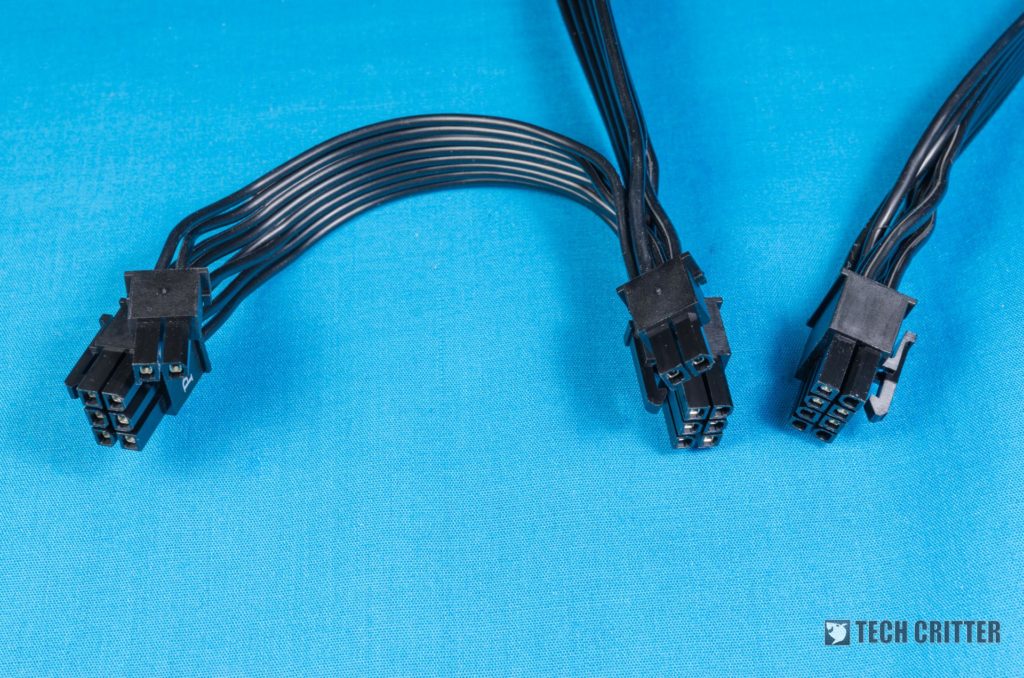
Cable aesthetics
Since the dawn of windowed side panel cases, power supplies have started to mute the power supply’s stickers on the side. That’s not enough for some people – as they peel off the sticker entirely. FSP have gone the extra mile and implemented swappable stickers!
Okay, stickers aside – let’s talk about the cables themselves instead. In the past with non-modular power supplies with ketchup and mustard cables, we can either get a beautiful extension so only the nice parts are shown through the side panel, or sleeve the power supply cables one by one. Nowadays, we have more choices – either a bundle sleeved power supply, individually sleeved, or flat ribbon-like cables.
Nowadays, the typical ketchup and mustard cable power supplies are mostly found in the entry-level price range like the BitFenix BPA600. They’re getting less and less common by the day.

Then we have those individually sleeved cables. These power supplies are rare and relatively bulky as each of the cables are sleeved. The 24-pin cable is quite difficult to position too, given the overall thickness of all the cables bundled together. An example of this is the BitFenix Fury 550G.
Unboxing & Preview: Bitfenix Fury 550G Gold Modular Power Supply
Last but definitely not least is the relatively new flat ribbon-like cable. These cables are insulated in a rubber-like material, and are stuck together to create a flat cable. A good example of this is the peripheral cables for the Cooler Master V750S power supply. They’re easier to manage, and definitely are thinner compared to individually-sleeved cables, yet look nicer than the typical ketchup and mustard colored cables. However, bending them is quite an issue – especially at tight spaces.

Why semi-modular?
Now, we don’t really have to care about cables now since most of us only use the 8-pin EPS, 24-pin ATX cables, and the 6+2 pin PCIe cable too. All the other cables aren’t needed unless you have a hard disk or 2.5-inch SSD, or other accessories like RGB controller.
Modern motherboards have built-in RGB headers to talk to your RGB peripherals, and these motherboards obviously have fan headers to power up and control the RPM of PWM fans too. Some cases come with a fan controller hub too – but I digress.
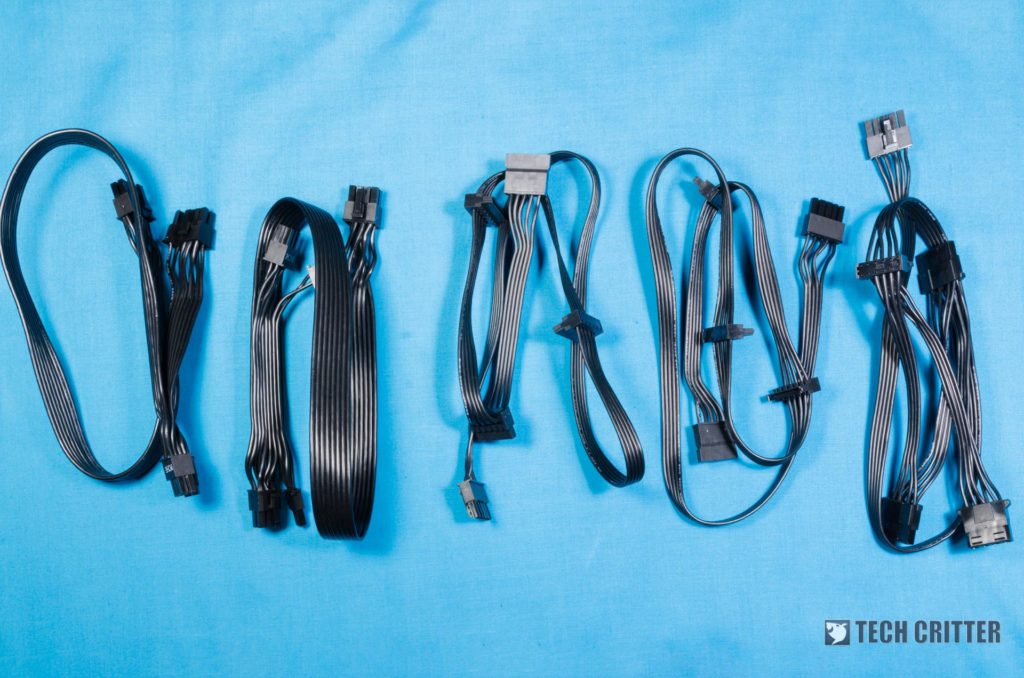
To create a system with the least amount of cables, M.2 SSD is needed. Modern motherboards have at least 1 of it, with many newer higher-end motherboards having two of them. There’s even an option to get PCIe riser cards to house more than one M.2 SSDs. Some high-end motherboards even have DIMM.2 slots too.
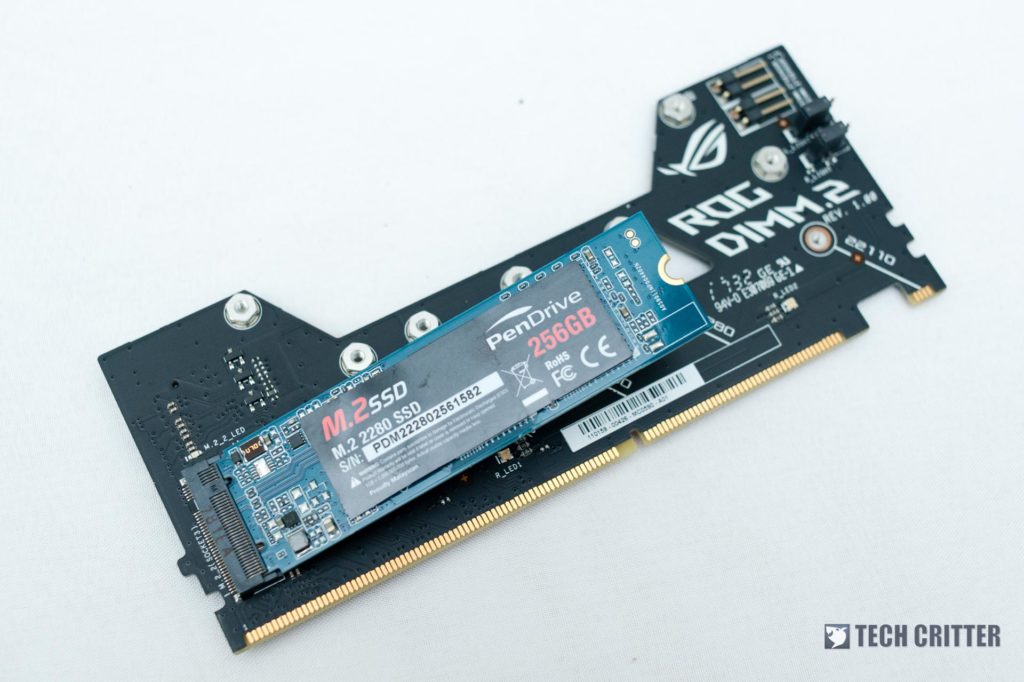
Either it’s an M.2 slot, PCIe, or DIMM.2, all of these interfaces do not require external power – which means no unnecessary cable clutter.
If I am to build a PC with an M.2 SSD with a Nvidia GTX 1050 Ti graphics card, I’ll need the 8-pin EPS cable for my CPU and the 24-pin ATX cable for my motherboard. I don’t need anything else as there is no need for those cables, and a semi-modular power supply has it all.
Should you get a semi-modular power supply?
Well, the battle between semi- and non-modular power supplies is pretty much a first world problem. If you’re like me and need a lot of SATA power for hard disks, then it doesn’t make a huge difference. You can hide one or two strands of cables at most. Let’s not forget about the existence of power supply shrouds. They’re a boon for lazy cable managers like me.
Take a look at the build we did in the Cooler Master MasterBox Lite 5. We literally just stuffed everything behind the power supply shroud and called it a day, actually.
Even ITX builds are getting easier these days as M.2 SSDs are getting more mainstream. There’s an option to not use SATA or Molex cables anymore.


